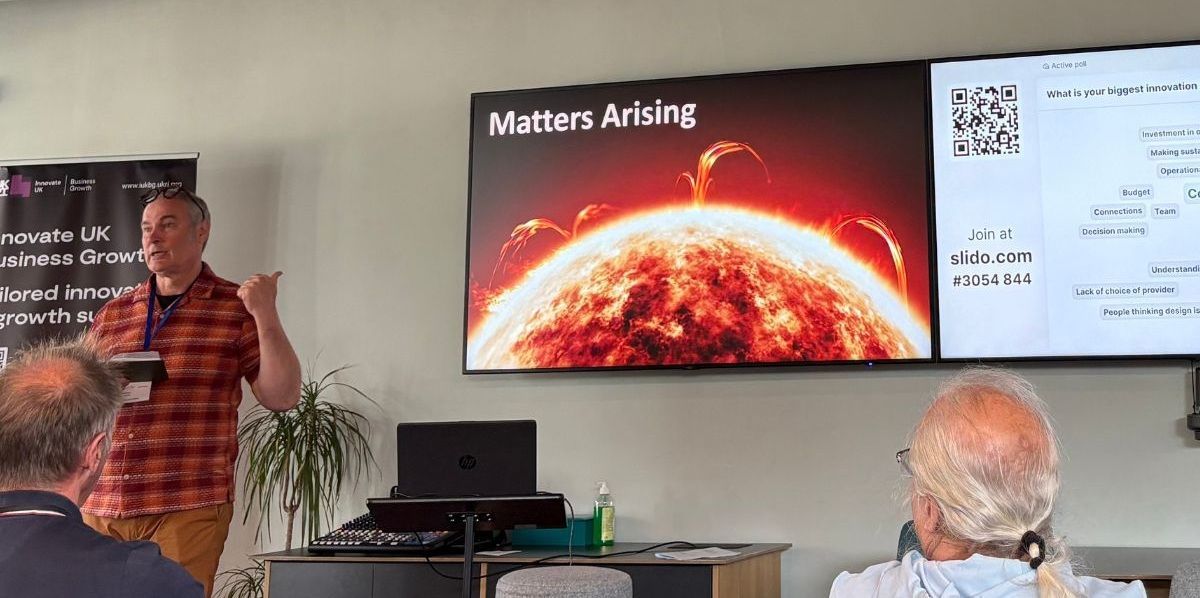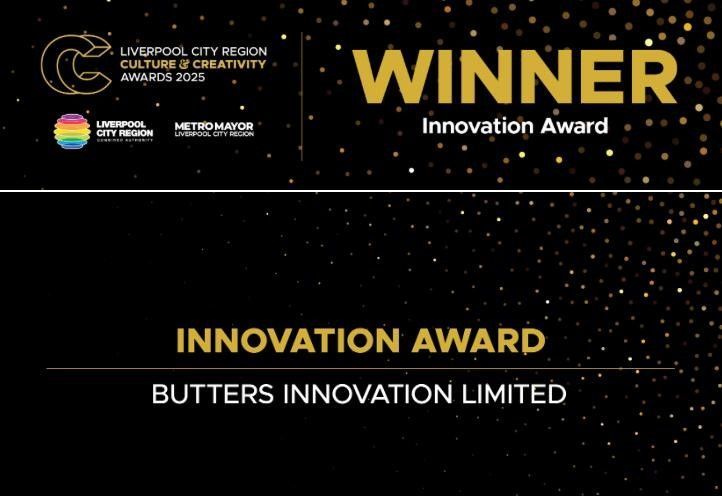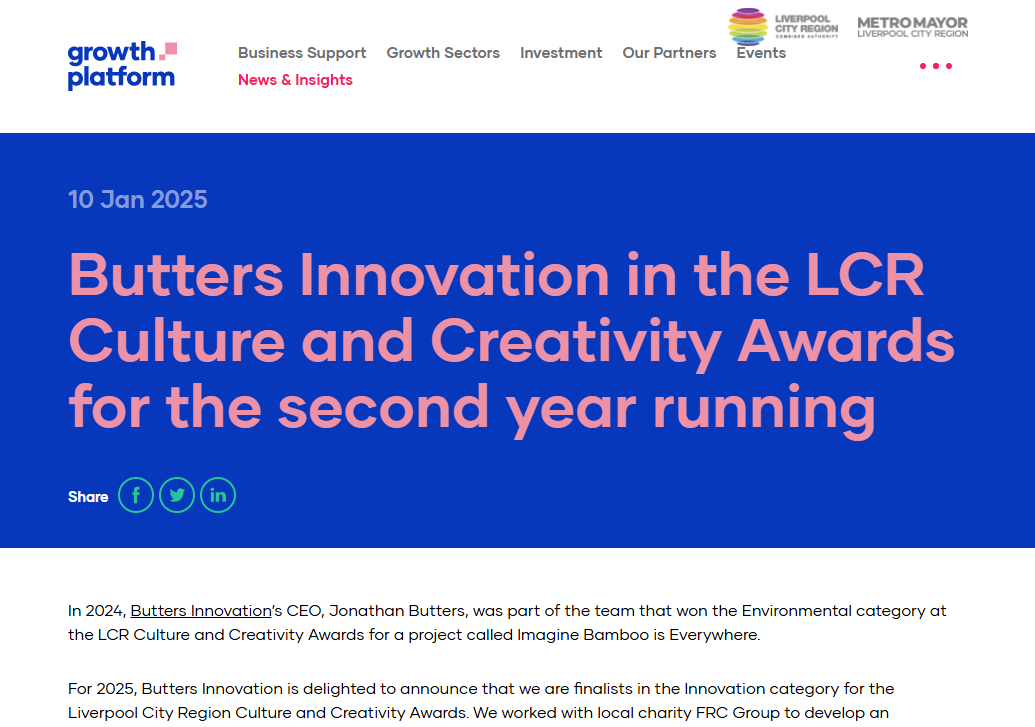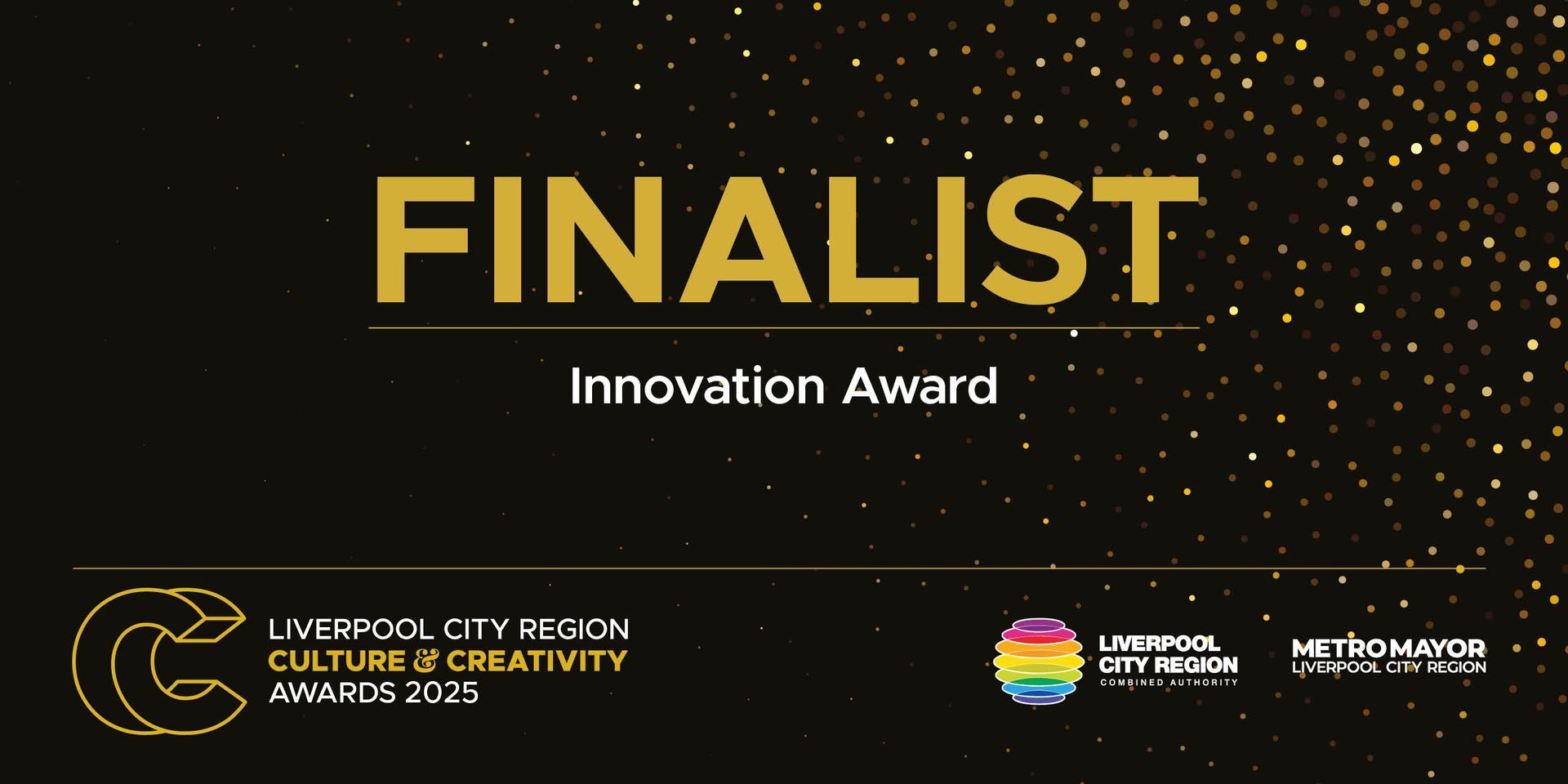Failure
The most important design consideration
The process of design deals with numerous issues and, when applied appropriately, delivers the ultimate outcomes of optimising opportunity and reducing risks: risk of commercial failure, risk of business failure, risk of in-service product failure, risk of communication failure, risk of component or systems failure.
Failure is usually something designers try to avoid or at least control and
manage when running a business, or in the operation of a product or service.
However, the simple concept of failure within controlled conditions can provide
useful data, knowledge, insight, wisdom and deep learning within a design
process.
Understanding failure and what constitutes product or service failure gives the designer foresight as to the issues they need to design out of the solution. Ultimately, designing is a process of elimination. When the designer starts, everything is included, everything is possible. Before the design process starts every mode of failure exists.
The design process should inform robust creative decision making and systematically eliminate potential failures of all types until the solution delivers an acceptable balance of risk of failure and likelihood of success. If creativity is the generation of new ideas or new intellectual property, and innovation is the successful exploitation of new ideas, then design is the process that links creativity and innovation, shaping ideas to become practical and attractive propositions for users through the informed trade-off of opportunity and potential failure.
There is failure, and then there is failure! All stages of the design process benefit from predicting and analysing potential failure. Failure can give rise to insight and even highlight new opportunities. When predictions are too complex or if it is difficult to set out all the assumptions reliably, then practical tests, trials and prototypes can be used to generate data that can be assessed against criteria set out and agreed amongst the interested parties.
Often valuable knowledge can be derived from this approach beyond the original scope of the design project and this can be exploited commercially in the future. Where a new product or service is so innovative and new that limited historical information is available then a slow, soft launch can be used to stealthily capture a market with iterative risk management.
Early adopters can be made to feel privileged and become part of an ongoing open innovation process, translating what might traditionally have been considered failure into insight.
Failure is
a dead end, insight lights the way forward.












